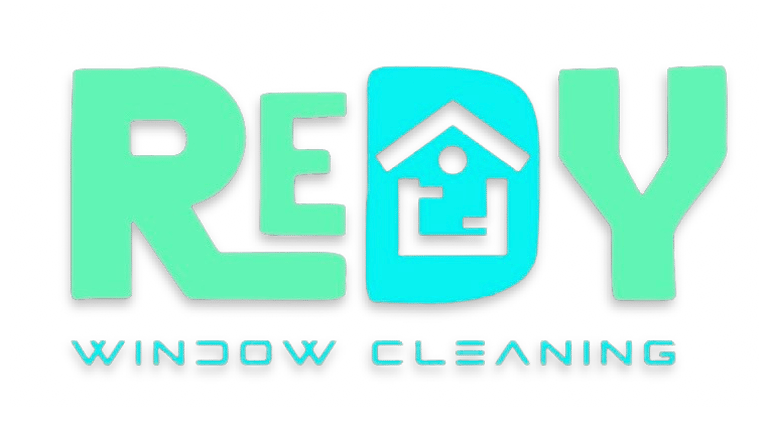Frequently asked questions
Bexley
Blackheath
Croydon
New Eltham
Areas we cover:
Bexleyheath
Bromley
Greenwich
Orpington
© 2023 REDY window cleaning
Beckenham
Chislehurst
Eltham
Sidcup
Bexley
Blackheath
Croydon
New Eltham
Bexleyheath
Bromley
Greenwich
Orpington
© 2023 REDY window cleaning
Beckenham
Chislehurst
Eltham
Sidcup
